‘The Staircase’: Crafting an Unknowable Mystery

HBO Max’s “The Staircase” takes a unique approach to the true crime genre: Any dramatization of the case against Michael Peterson — accused of killing his second wife, Kathleen, after she was found dead at the foot of the stairs in their North Carolina home — would have to acknowledge the other “Staircase,” Jean-Xavier de Lestrade’s acclaimed 2004 documentary that brought the Peterson trial to the attention of a global audience. But this one incorporates the making of that documentary into its narrative. With Colin Firth as Michael and Toni Colette (in flashbacks) as Kathleen, the series moves back and forth in time, and the secrets of the Peterson family are slowly revealed alongside a depiction of the French documentary crew that followed Michael’s story and ultimately became an integral part of it. The result is a murder mystery less about solving the crime than examining the complexities of the human heart.
In the videos below, writers Antonio Campos and Maggie Cohn, casting director Douglas Aibel, and composers Danny Bensi and Saunder Jurriaans discuss their approach to balancing the various strands of the narrative and honoring the entire ensemble, telling a compelling story when the true story remains open ended, and respecting the real people and events while serving the needs of drama.
More from IndieWire
'Black Bird' Creates Uneasy Truths Through Performance, Pace, and Sound
'Nope': How Keke Palmer Grounded an Out-of-This-World Horror Story
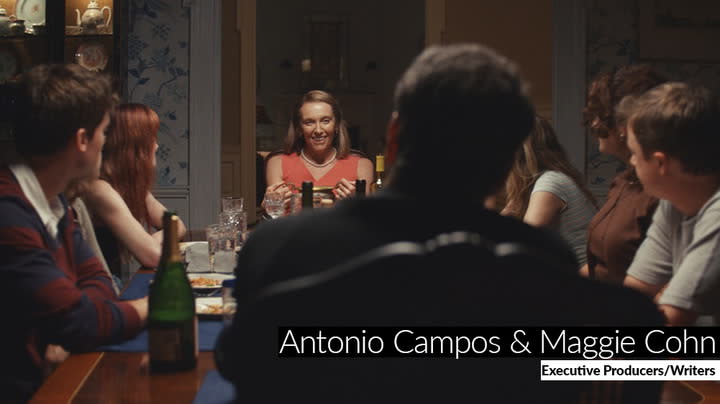
The Writing of “The Staircase”
At the heart of the original documentary is the question of whether or not Michael killed Kathleen. Campos and Cohn knew from the start that their scripted series would have to tackle something just as unknowable: the character of Michael himself. It is unusual for a television lead to be quite so impenetrable, but as Cohn and Campos explain in the video above, they approached this not as a problem that needed to be solved, but an opportunity they wanted to lean into and explore.
Campos’ history with the project dates back over decade, and the filmmaker admitted that when he watched de Lestrade’s 2017 “Staircase” follow-up — in which Peterson admits that he lied about telling Kathleen he was bisexual — he found himself questioning everything he thought he knew about the man. This on-camera confession would in turn become a tentpole moment for Cohn and Campos, who would structure their eight episode arc so the audience would have the same experience Campos had watching the documentary.
Their series’ nonlinear structure, rotating between three different timelines within the 17-year story, was dictated by Kathleen more than Michael. “You need to be able to go back to get some more perspective before the death of Kathleen, so you experience what life was like before she died so you can understand what really could have happened that night,” said Cohn.“We were really invested in her as a character, and from the beginning knew she was the key to the story. Because in the same way we were showing the three different versions of how she could’ve died, what we had to show was each one of those versions was just as possible.”
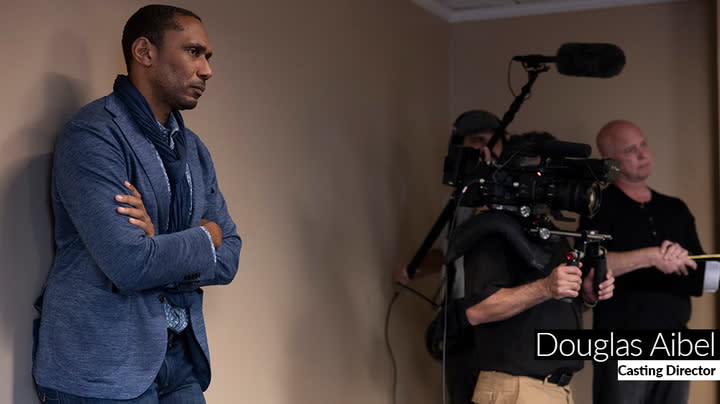
The Casting of “The Staircase”
There’s a scene early in the first episode of “The Staircase” that shows a celebratory Peterson family dinner. Of course, the scene serves several different purposes: It acts as an introduction to the large, knotted network of siblings and half-siblings brought together by the marriage of Michael and Kathleen, but it also demonstrates the lines of tension and love that ran through the family before Kathleen’s death (or murder) punched a hole through the center of it. It’s also a showcase of Douglas Aibel’s casting priorities for the true crime miniseries.
Aibel needed to find a small clan of actors who could, collectively, look plausibly related to each other, and who could individually express some sensibility of the real-life person they were playing. Aibel sought actors who could be the best advocates for their characters, and help “The Staircase” express all the different, conflicting points of view they have about what happened to Kathleen. “Reading the scripts, I felt they were trying quite sincerely to be very evenhanded and not caricature and really get inside the heads and hearts of these characters as best they could,” Aibel said. Still, that presented some different challenges to find the right people for specific roles, especially ones rooted in the court and documentary record of Michael Peterson’s trial(s) for murder.
“There was more freedom in a way with Kathleen because we know less about her,” Aibel said. “It was quite a rich emotional range to her character in the series and Toni Collette was just that rare actress who could be empathetic, could be complex, could be funny, could break your heart,” But Kathleen’s sisters, played in the series by Rosemary DeWitt and Maria Dizzia, needed to be just as multilayered even as they come to antagonize the family that sides with Michael. “I felt like we really needed empathetic actors there. Particularly with Candice, she lost her sister and she believes with all her heart that this man did it and anyone would be passionate under those circumstances. So I thought it was very important that we have a world-class actress in that role.” In the video above, watch Aibel discuss the major roles in “The Staircase” and what qualities he needed to find in the actors that fill them.
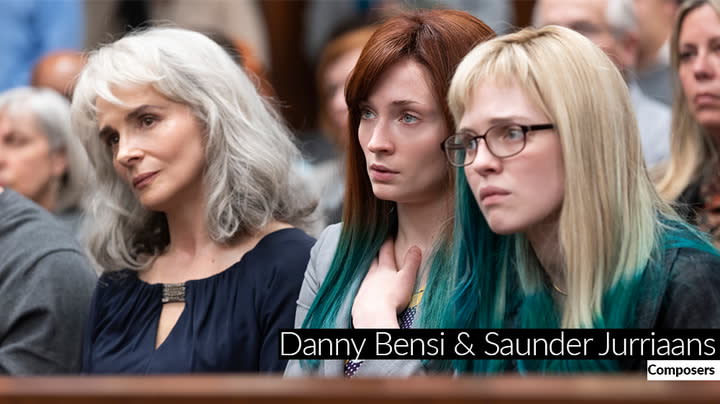
The Music of “The Staircase”
“The Staircase” reunited composers Danny Bensi and Saunder Jurriaans with Antonio Campos, with whom they had worked on features like “Simon Killer,” “Christine,” and “The Devil All the Time.” From the beginning, they were intrigued by the choice to include the documentarians among the show’s cast of characters, as well as by the touches of humor in the piece. “We knew it was going to be a very deep, multilayered score,” said Bensi, “and very challenging. Each episode was so full with so many dovetailing stories — it had all these worlds that we were able to explore.” The open-ended quality of the show, in which the question of Michael’s guilt is largely left to the audience to decide, was also part of the appeal — once the composers got over their initial confusion about the case. “We didn’t really know what to make of this story, honestly,” Bensi said. “We were trying to ask Antonio, ‘Why are you doing this? Is there an answer? And he was like, ‘I’m not telling you guys. Maybe I don’t even know.’ That was really exciting, as we got really stuck in the story too.”
The composers opted not to underline the moments of comedic relief they detected. “Antonio described it as a Shakespearean tragedy, and that was helpful,” said Jurriaans. “It was our job to really hammer in the fact that this was a horrible crime or accident, whatever it was. This was a moment of terror and awfulness.” “Everything is taken very seriously with the score,” Bensi added. “There’s no humor. The humor is on the screen in the quirkiness of some of the characters.”
For the theme music that needed to encapsulate the show’s unusual blend of tones, the composers tied together modern propulsive sounds with strings that would lend the show both elegance and tension. “The opening title has the classical or even a little bit of baroque feeling that might reflect this kind of Shakespearean tragedy but also has a driving excitement,” said Jurriaans. “We had this speeding train underneath this slow melody [that became] an overture for the whole eight episodes.”
In addition to representing the grisliness of the central situation, the composers’ other main task was making the audience feel something for Michael. According to Jurriaans, they took their lead from the actor playing the accused killer. “Colin Firth’s performance was so deep and nuanced that it was a joy to score, because we didn’t have to fix his performance in any way, it was only augmenting,” Jurriaans said. “We’re looking at the screen and really trying to make sure that that melody has some kind of life that joins you with the character,” Bensi said, noting that the musicians’ response to the material onscreen as they’re playing is of paramount importance — even if it leads to imperfections in the score. “The musicians have to be right there with us, fully playing along with all of these tactile strings and a humanist approach to how we’re playing. All the space in between notes and the silence is very, very important and we pay a lot of attention to that.”—Jim Hemphill, Chris O’Falt, and Sarah Shachat
READ MORE CRAFT CONSIDERATIONS

‘Black Bird’ Creates Uneasy Truths Through Performance, Pace, and Sound
Watch how the editing, cinematography, and sound intensify the real-life story of a suspected serial killer in the Apple TV+ limited series.
By Daron James
May 17, 2023 4:00 pm
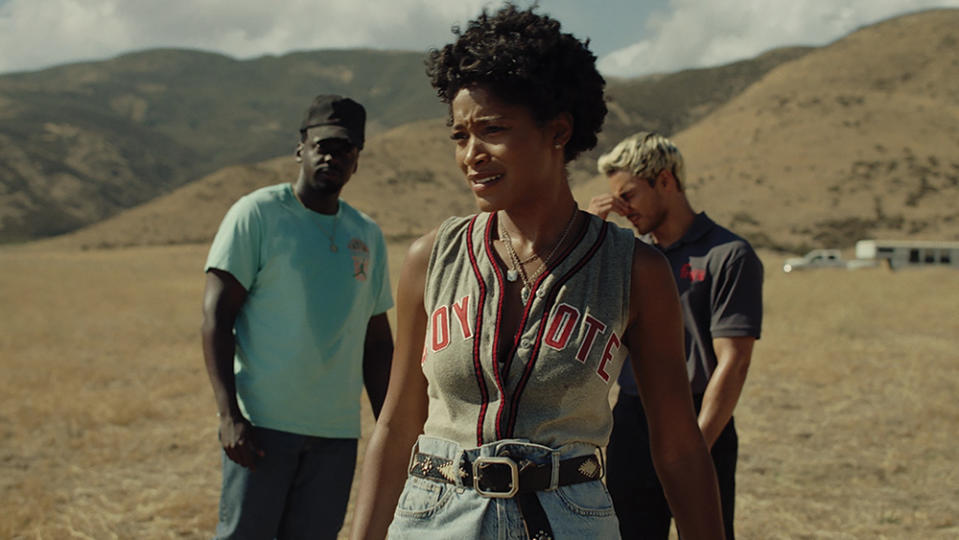
‘Nope’: How Keke Palmer Grounded an Out-of-This-World Horror Story
Watch star Keke Palmer discuss how she and filmmaker Jordan Peele figured out how to tell a sibling-bond story with sky-high stakes.
By Marcus Jones
January 9, 2023 3:30 pm
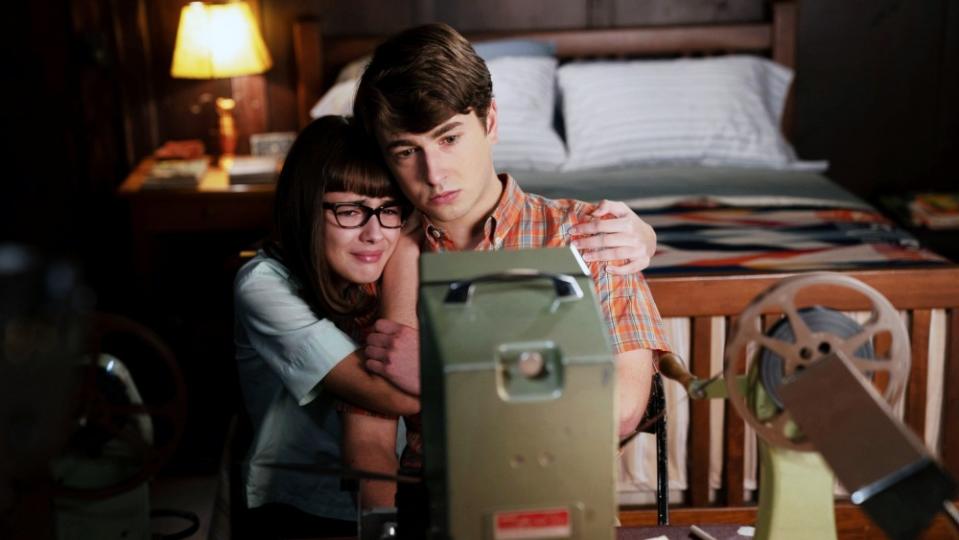
Weaving ‘The Fabelmans’ from Steven Spielberg’s Childhood Memories
Watch Pulitzer Prize winner and Academy Award nominee Tony Kushner discuss translating his longtime collaborator’s life into a screenplay.
By Jim Hemphill
January 5, 2023 2:30 pm
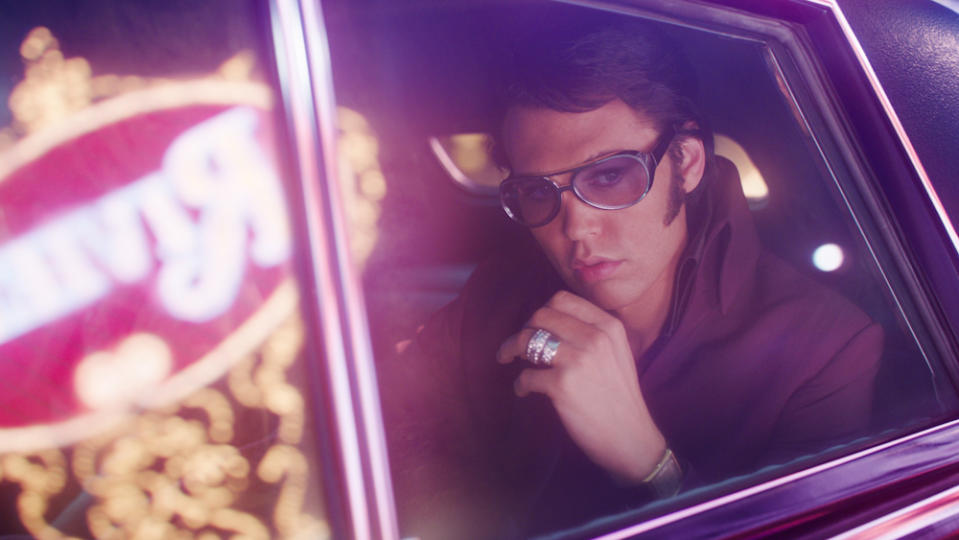
‘Elvis’: Giving New Meaning to the Life and Times of The King
Watch how cinematography, production design, and editing bring Elvis Presley and the culture that exalted him to life.
By Jim Hemphill
December 14, 2022 2:30 pm
Best of IndieWire
Where to Watch This Week's New Movies, from 'The Starling Girl' to 'BlackBerry'
Every Palme d'Or Winner from the Cannes Film Festival, Ranked
Sign up for Indiewire's Newsletter. For the latest news, follow us on Facebook, Twitter, and Instagram.

